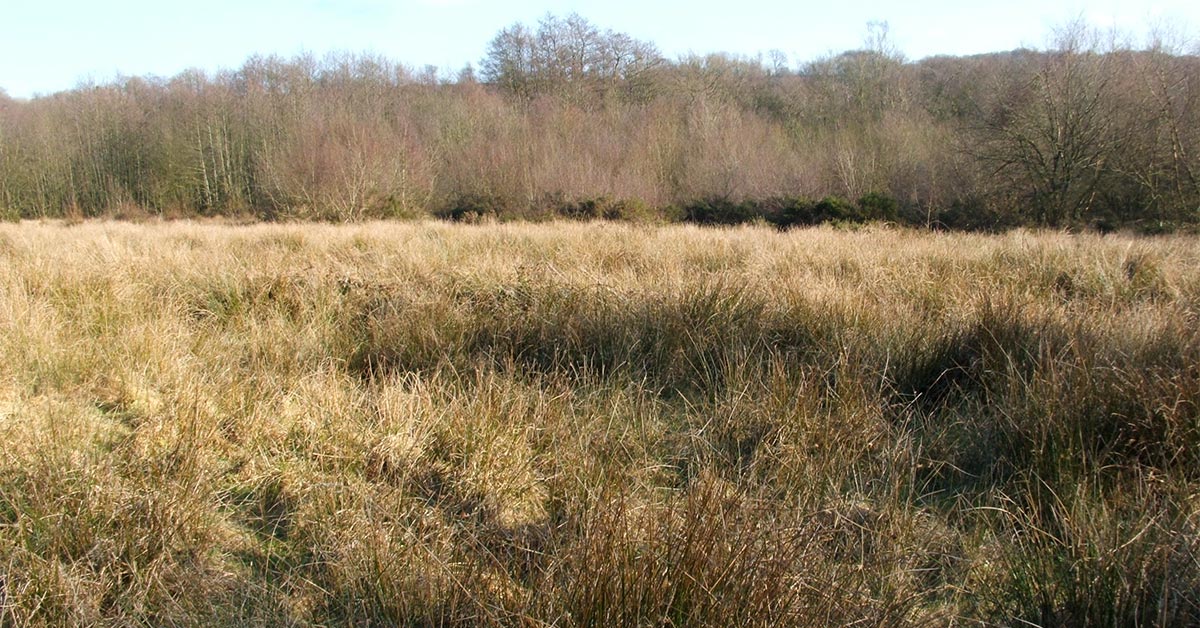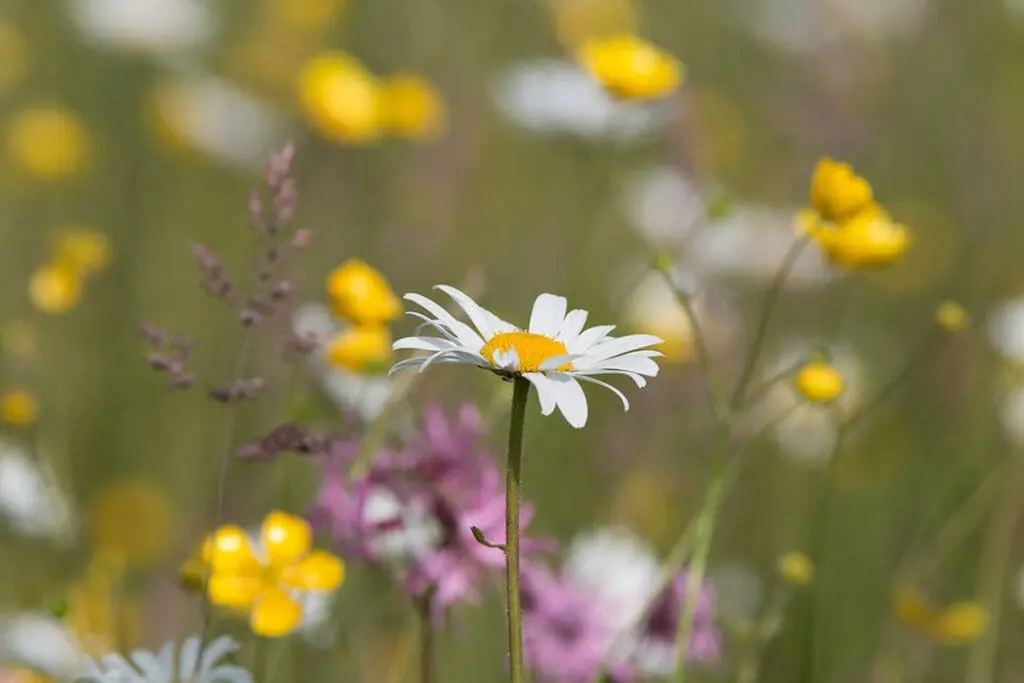Chalk grassland, lowland heaths, peat bogs, dune slacks, moorland and wetland margins need managing to retain their particular characteristics. This often means cutting back and removing young bushes and saplings – known as scrub clearance.
Encroaching scrub should be controlled when it will eventually destroy a much rarer habitat through shading and changing soil conditions. In many cases, once species are lost they cannot recolonise because there are no nearby sources of new populations.
However, scrub is an important habitat in some areas such as woodland edges and parts of grasslands, and should not be cleared as a matter of course.
What is scrub?
Scrub is the collective term for a variety of small trees and shrubs. If open ground or open water is left to colonise, then scrub will occur naturally before the area reaches its climax vegetation cover, usually woodland – a process called succession.
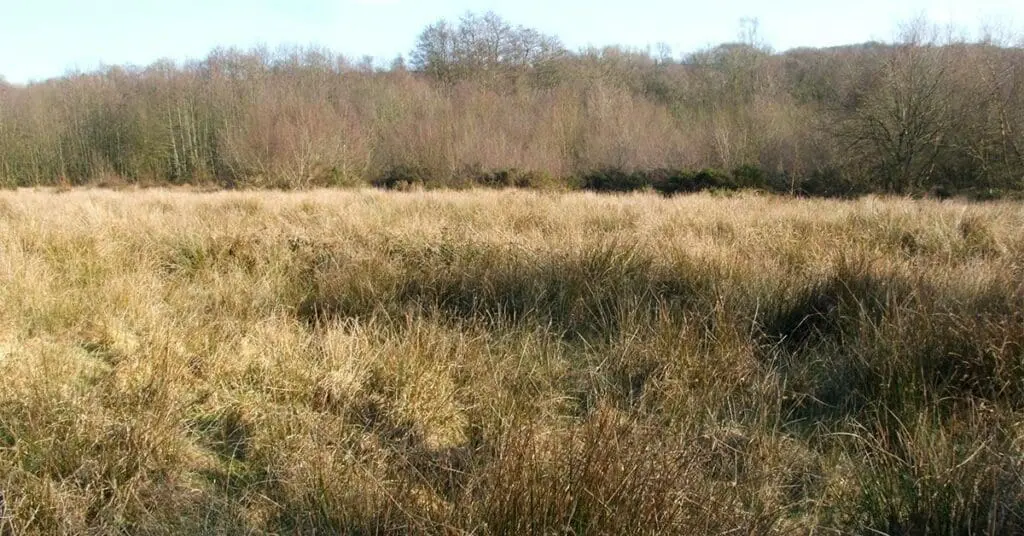
Scrub species vary according to their habitat, dependent mainly on soil and moisture conditions. On chalk downland, one might find dogwood, juniper, wayfaring tree and guelder rose. On dry heath, silver birch, Scots pine, gorse, broom and the introduced rhododendron may be present.
Scrub removal should be based on scientific research into the effect on the endangered habitat. In some cases this may mean complete clearing in others, a mosaic of scrub thickets and individual trees should be left and periodically cut, to retain species diversity – particularly where such growth has always been present. It may be necessary, after initial clearance by hand, to re-introduce grazing animals to the area to maintain a chalk grassland, for example. This follow-on management needs to be worked out before initial clearance takes place.
Scrub and habitat loss
The landscape that we see today is the result of thousands of years of interference with the natural process of succession by man through farming. This indirectly controls the growth of scrub and gives the UK a diverse landscape.
Chalk grassland
Two hundred years ago vast tracts of southern England were unfenced rolling chalk downland, created and maintained by sheep which were grazed on the hills during the day and folded on the low lying fields near farms during the night. Constant grazing kept the grass sward short, and the sheep’s habit of dunging during the night ensured a net flow of nutrients off the grassland. This produced a very rich plant life, where no one species could become dominant. There may be as many as 40 species found in a square metre, some very rare. The various species of blue butterflies and many other invertebrates are dependent on these communities of plants.
The downs were ploughed extensively for cereals during the first and second world wars. Rabbit replaced sheep as the main grazing animal but since then the decimation of the rabbit population and a revolution in agricultural practices have meant much chalk grassland has been lost. By 1984, 80% of the species rich grassland on chalk and limestone had been lost to land improvement and scrub encroachment.
Remnants of unimproved downland are scattered very thinly, meaning disturbed areas can no longer be recolonised easily by plants and butterflies.
Lowland heathland
Lowland heaths occur on nutrient-poor, sandy or gravelly soils, mainly in southern England. They are dominated by a few plant species including common heather.
Marshy areas within the heaths can be home to such national rarities as the bog orchid and marsh gentian. An impressive variety of dragonflies, grasshoppers, rare birds such as the nightjar, all six of Britain’s native reptiles and the natterjack toad also live in lowland heaths.
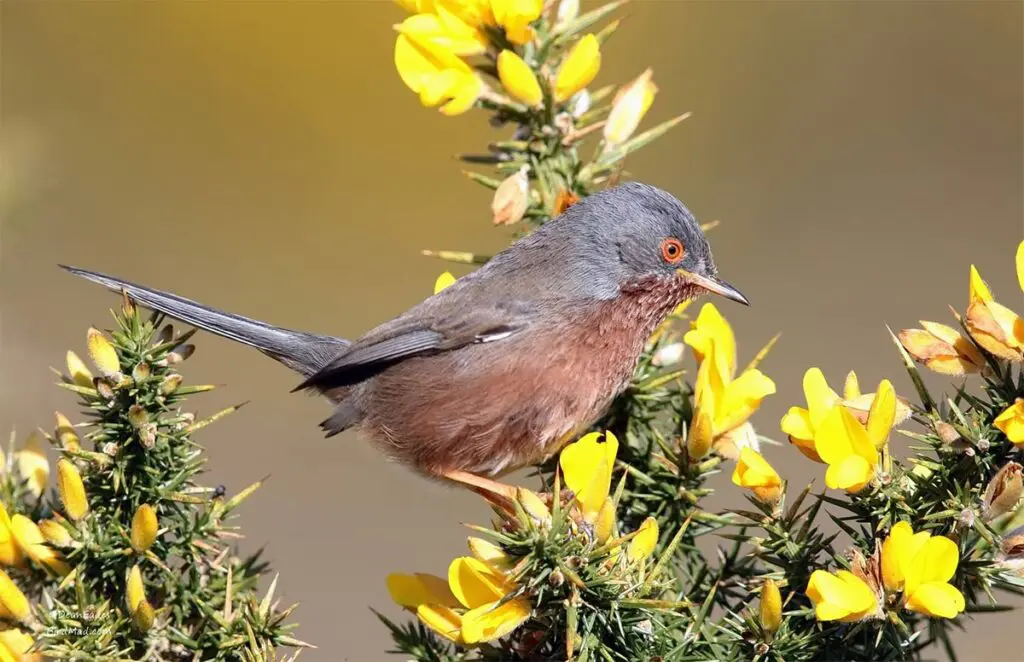
Gorse is also a common heathland species, however, it needs to be controlled by burning or cutting to maintain habitat diversity. It is also the home to one of our rarest breeding birds, the Dartford warbler. It only occurs in this habitat and like so many other species which are found here, it depends on our intervention to maintain its survival – so helping biodiversity.
Until early this century, most lowland heaths were kept open by cattle and sheep grazing. Most heaths were also common land and were cut for bracken for animal bedding and gorse and peat for fires.
Now these practices are obsolete, self-sown scrub and trees invade and shade out the low open heath plants, with consequent loss of the unique wildlife. Heathland has also been ploughed, fertilised, planted up for commercial forestry and lost to housing and road projects. At the end of the 18th Century heathlands covered 190,000 hectares – there are now only 48,000 hectares.
Sand dune systems
Large sand dune systems illustrate plant succession very well. Areas where new dunes are being formed are dominated by marram grass, whereas older areas, set further back from the sea, contain complex and rich plant communities. Open pools and marsh areas in the dune slacks further enrich the plant, animal and invertebrate life.
In areas where a long history of grazing by domestic stock and rabbits has been greatly reduced, very dense scrub of sea-buckthorn, hawthorn or elder may develop, reducing plant diversity. Sand dunes are also threatened by recreational activities.
Wetland sites
Wetland areas such as peat bogs, marshes, fens, ditches and ponds can be affected by shrub and tree encroachment, although this may be a result of natural succession. Vegetation developing on the margins traps silt, this encourages more plants to become established which transpire and draw water out of the system. Shrubby vegetation can gradually invade open water systems.
This can also happen very rapidly on marshes and peat bogs where the water table is lowered by drainage. Trees such as alder, birch and willow will rapidly seed in and increase the drying-out process.
Moorland
Moorland occurs on higher ground than heathland, and tends to be more damp. Heather is the dominant vegetation and needs to be managed in order to preserve its diverse and unique flora and fauna.
Traditionally, moorland has been managed by controlled burning – mainly to promote high numbers of grouse which breed and feed in heather moorland. Grazing by sheep also takes place, but in recent years, both activities have declined , allowing bracken to take over many hectares of moorland. Bracken can be controlled by removing the new shoots of the plant which eventually eradicates the species from the area.
Value to wildlife
Scrub is a valuable habitat in its own right and has often always been present on a site. It provides shelter, nesting sites and food in the form of berries for many birds as well as cover for small mammals. It is also important for invertebrates. Scrub is sometimes cut and deliberately allowed to grow up to provide this habitat.
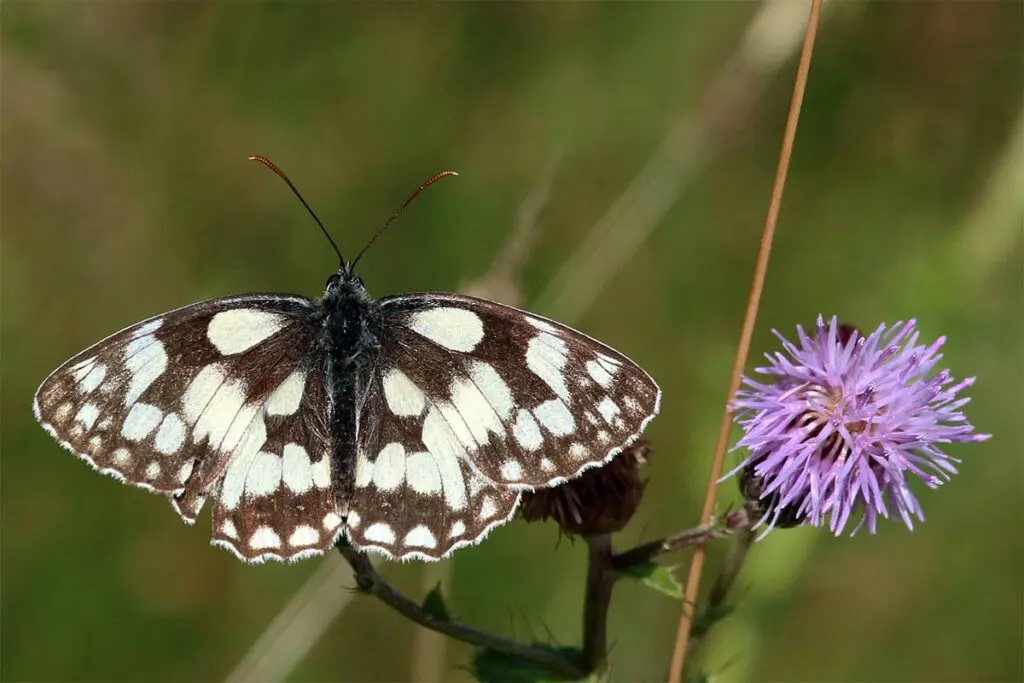
The most important part of scrub is the edge where it grades into grassland. The scrub edge and coarse grasses and herbs protected by it are favoured by a wide variety of flora and fauna including butterflies like the marbled white. Long grasses provide breeding conditions for such species as the gatekeeper.
In some cases scrub provides the food plants of butterfly larvae. For example, the brimstone feeds on common buckthorn and the green hairstreak uses gorse and dogwood.
Some rare insects are only found where juniper grows on southern downs.

